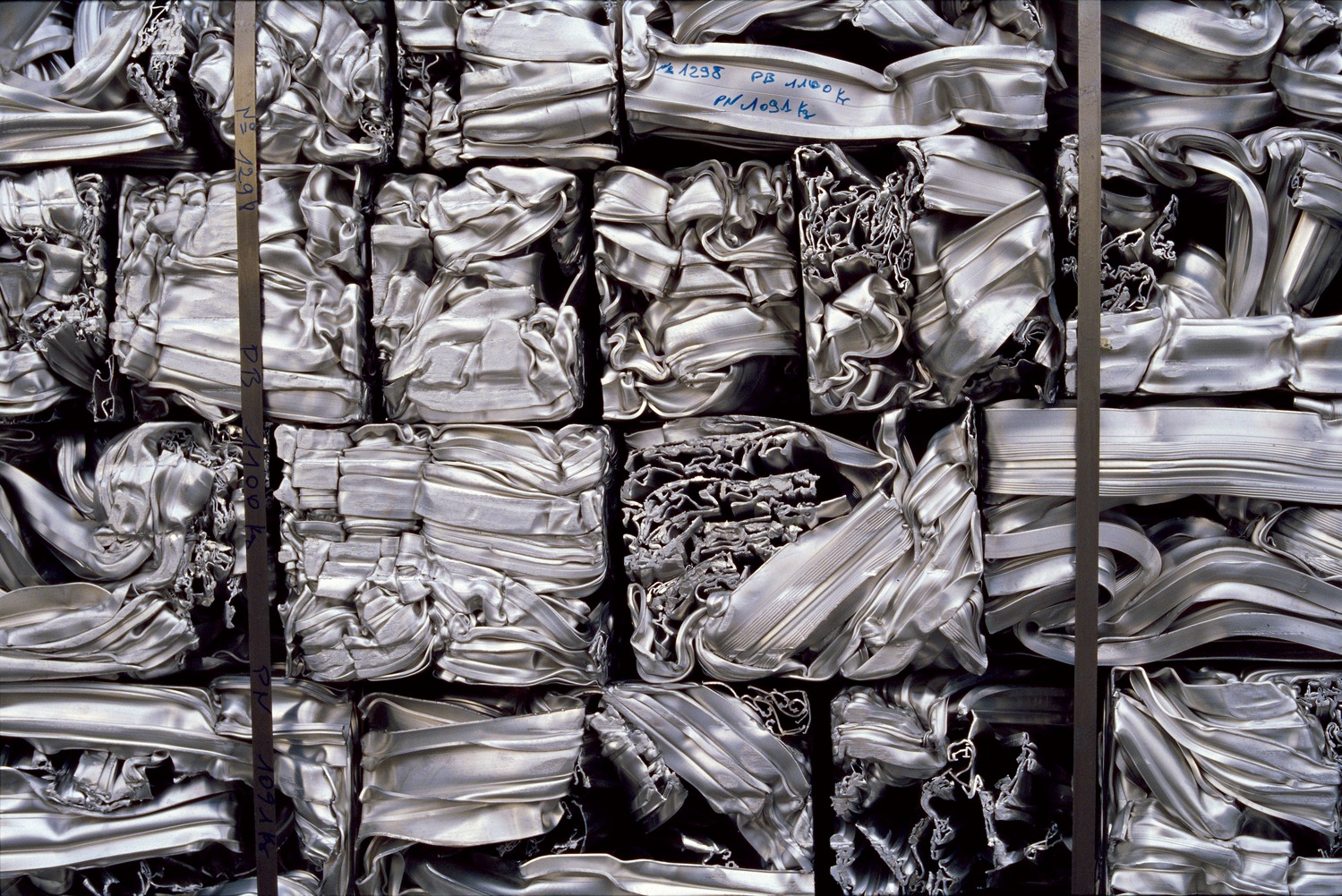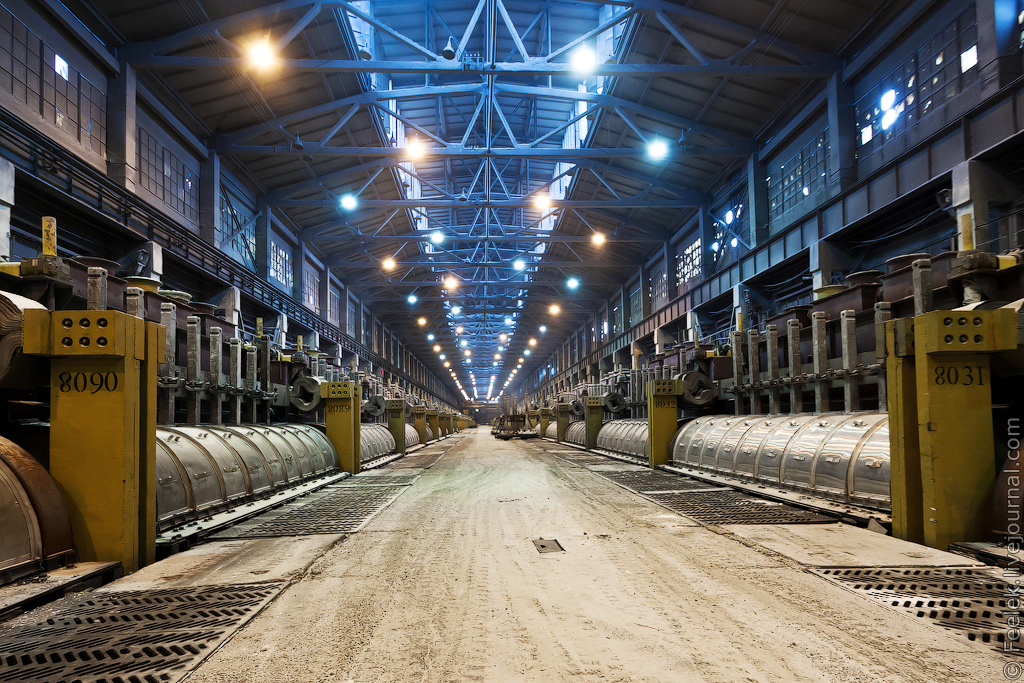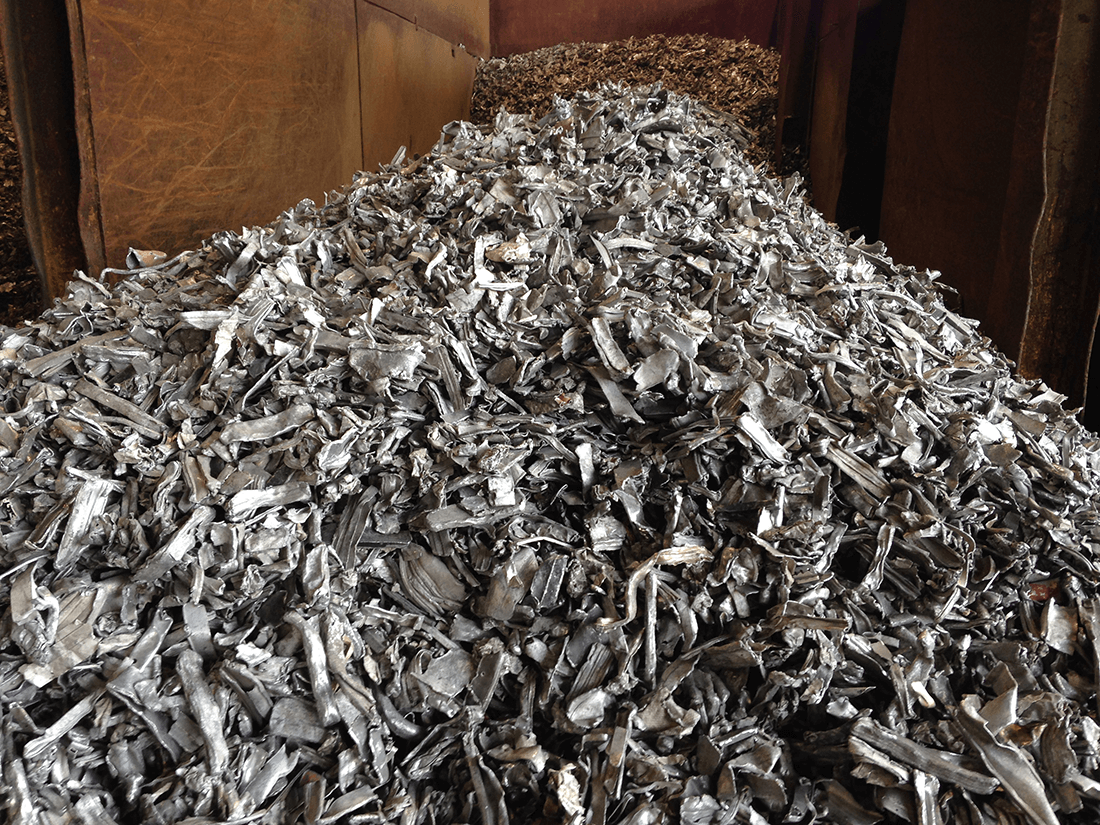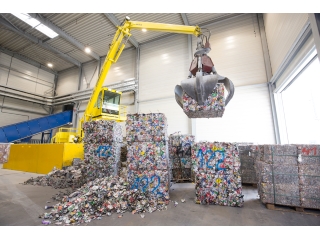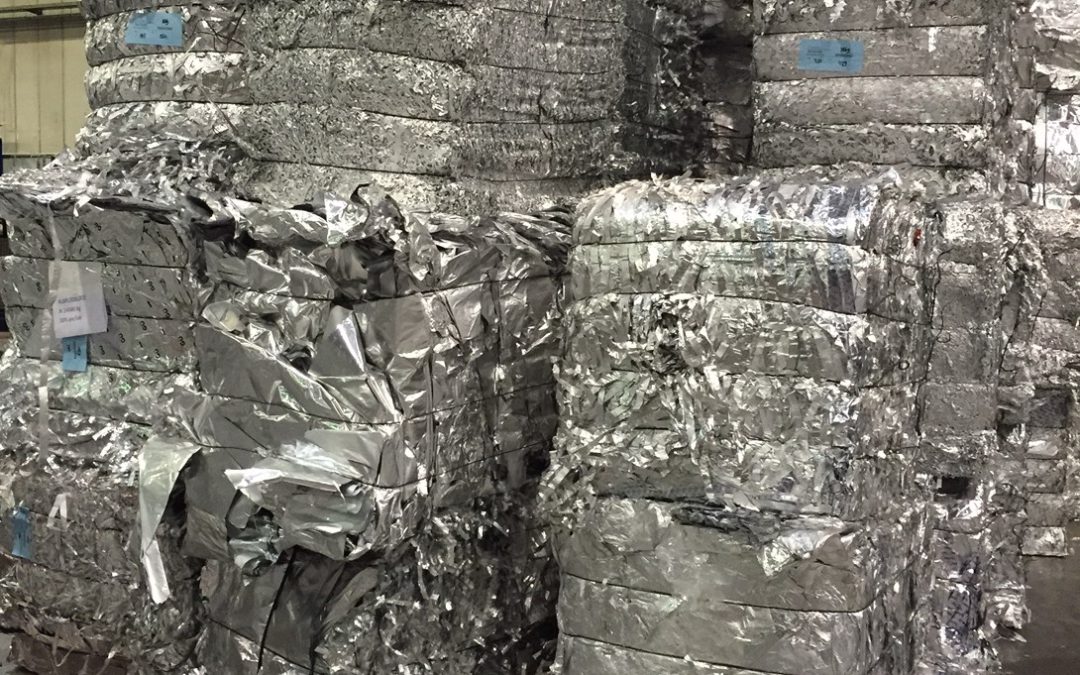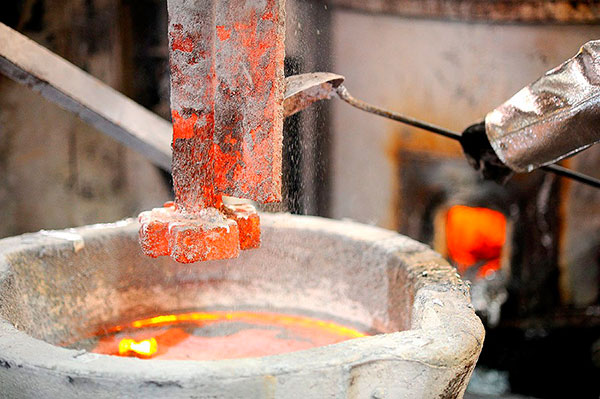08 1月 Recycling aluminium one can at a time
Recycling aluminium one can at a time Producing pure aluminium from ore accounts for as much as 1 per cent of all greenhouse gas emissions worldwide. Recycling is the best way to reduce that carbon footprint – but manufacturers and recycling companies will have to plan...


